Irons or almost triangular ships

Leading a dispute about squadrons of helicopter carriers like Hyūga (16DDH), generated by IHI Corporation (Japan), on the question: Is it a Japanese Mistral or scaled minus Soviet aircraft-carrying cruiser (TAVKr.r. 1143), gutting Japanese websites shipbuilding industry, accidentally stumbled upon the creation of the Mitsubishi Heavy Industries Ramform (SSS) W-class ships, of which I did not know and did not hear. Before turning to them, I will not restrain myself, and I will give a photo of the subject of the dispute and a quote from the wiki:
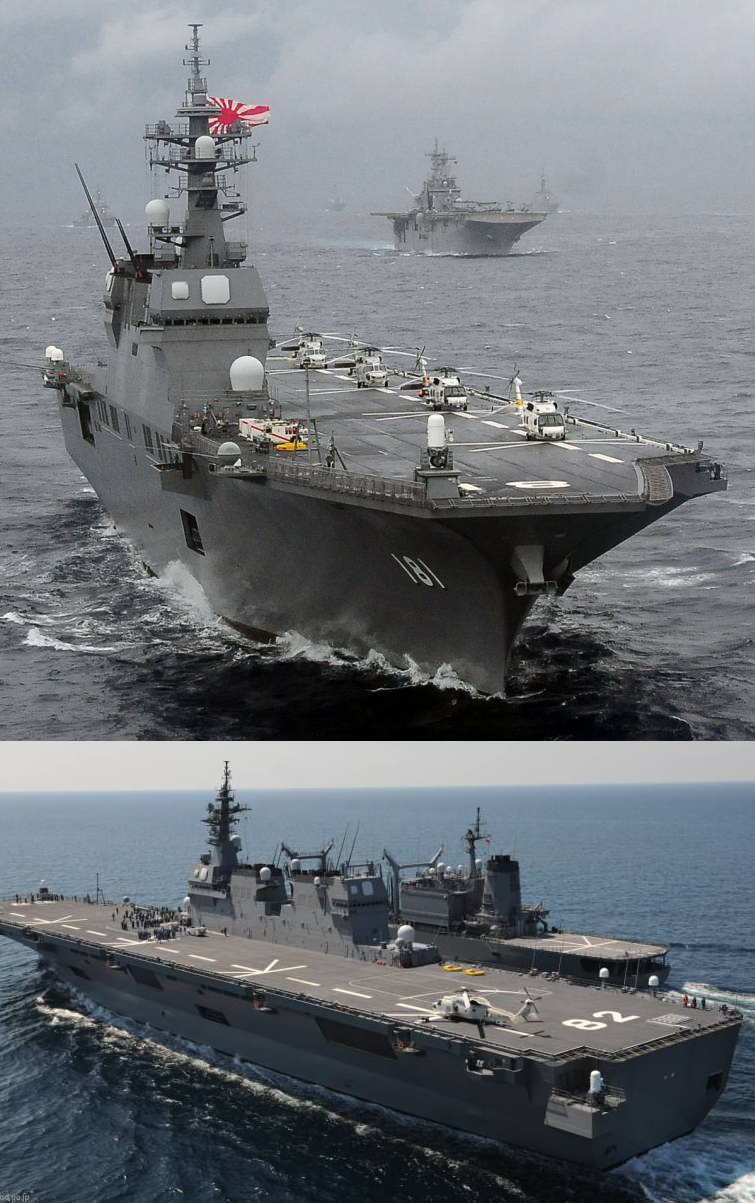
The official classification as a destroyer-helicopter carrier does not correspond to the real combat capabilities of the ship. The ship significantly exceeds the destroyer-helicopter carriers of the preceding types in terms of displacement, has a continuous flight deck and a relatively large air group, which makes it possible to classify it as a light aircraft carrier. An authoritative naval guide Jane's Fighting Ships classifies him as a helicopter carrier[one]
Photos of triangles-ship immediately impressed me. What fun pepelats.

')
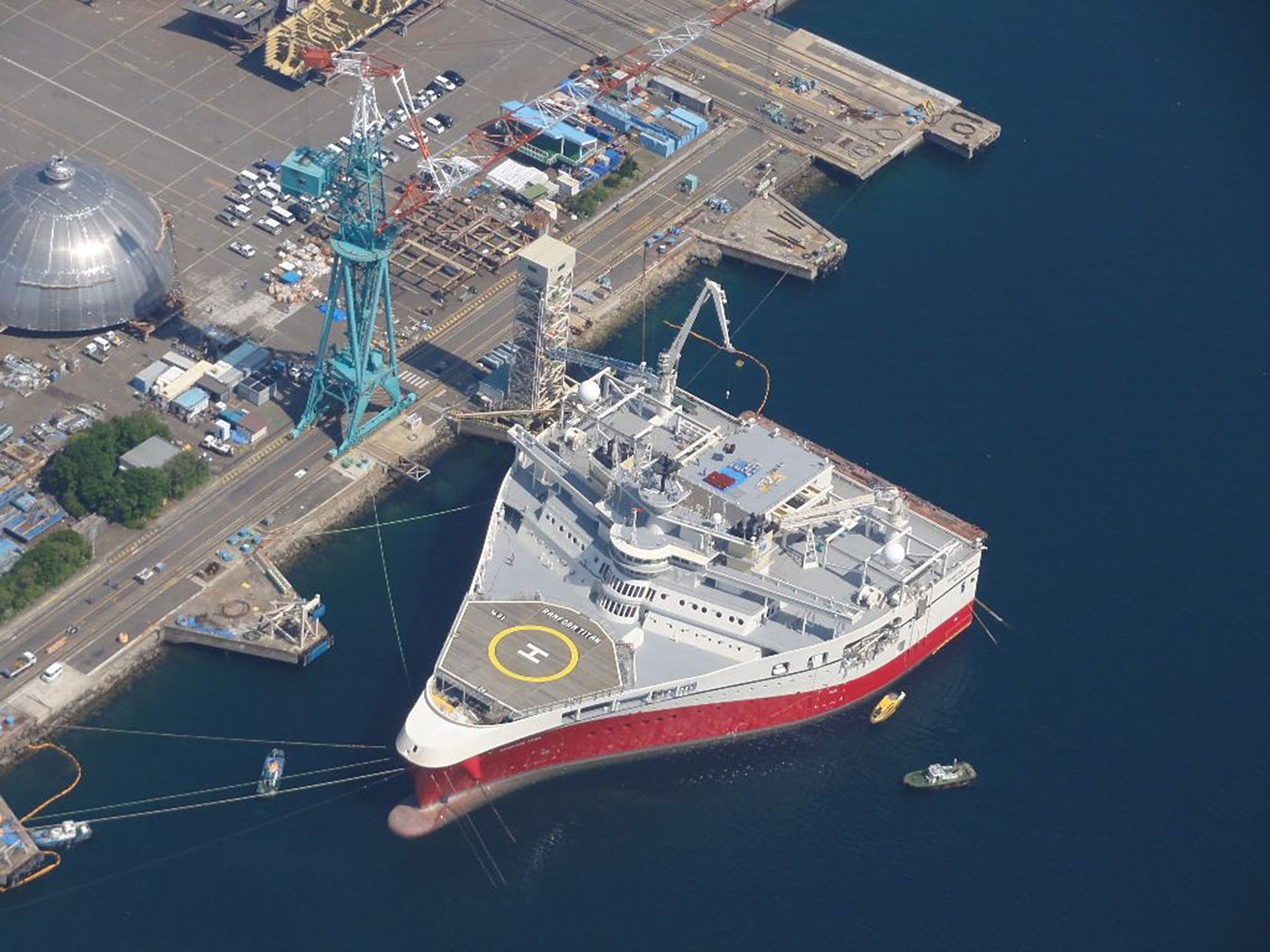
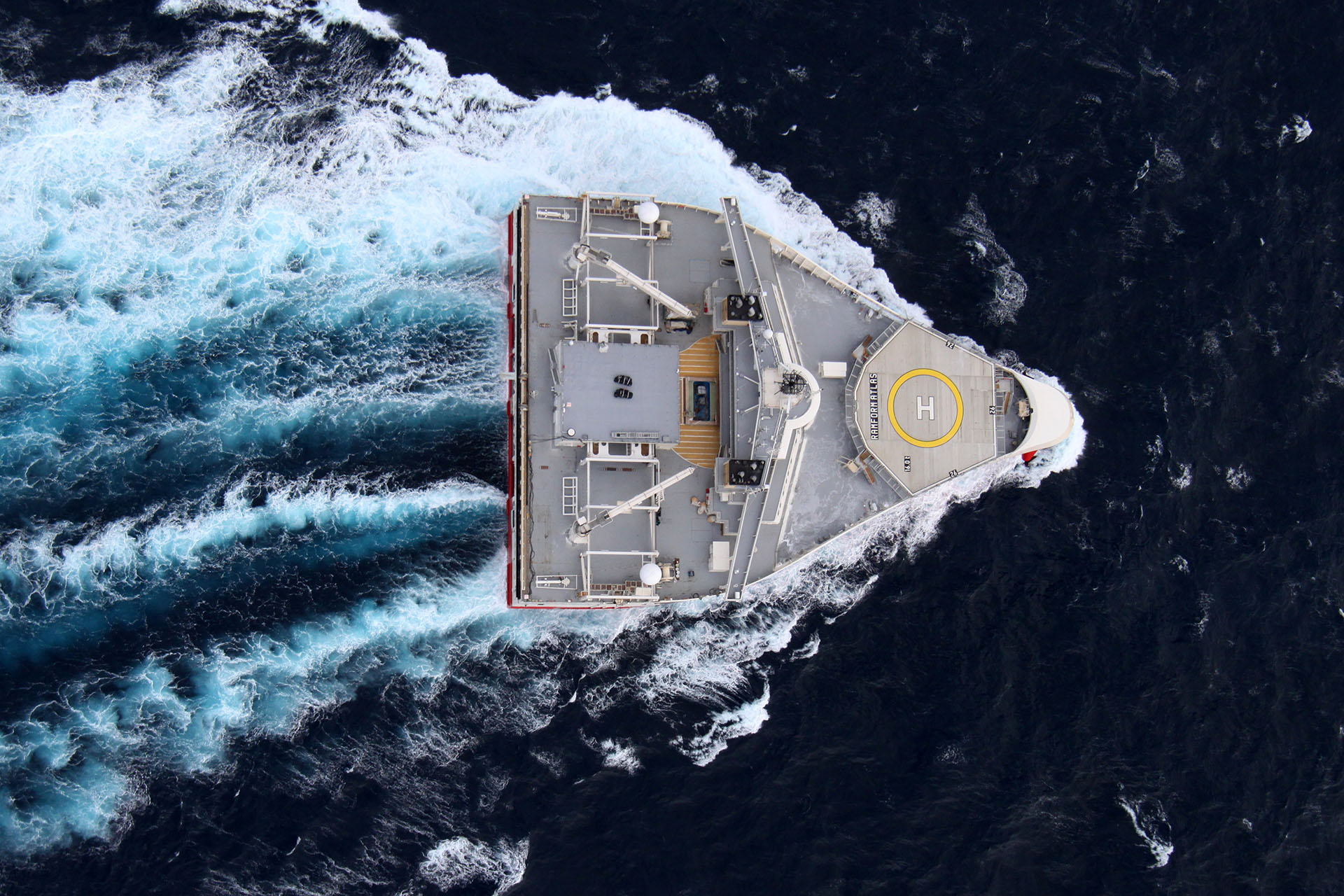
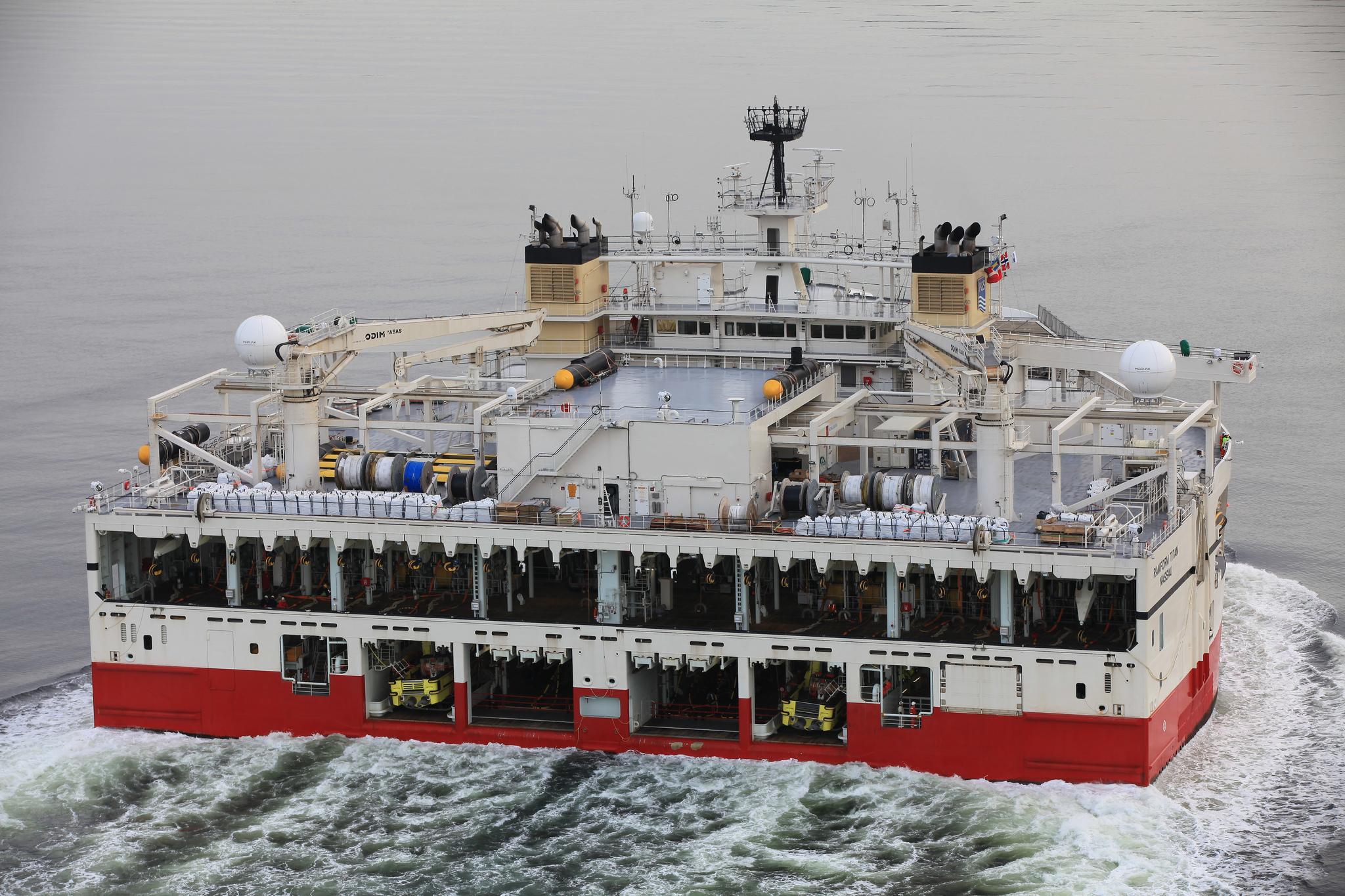

How to call and classify them at the household level?
Triangular, delta ships or short ships? Or maybe floating irons?
In 2012, the Norwegian seismic exploration company Petroleum Geo-Services (PGS) placed an order for the construction of two (and later a couple) Ramform-vessels of the W-class. The order was placed on the Japanese company Mitsubishi Heavy Industries. Ships are representatives of the Ramform series.
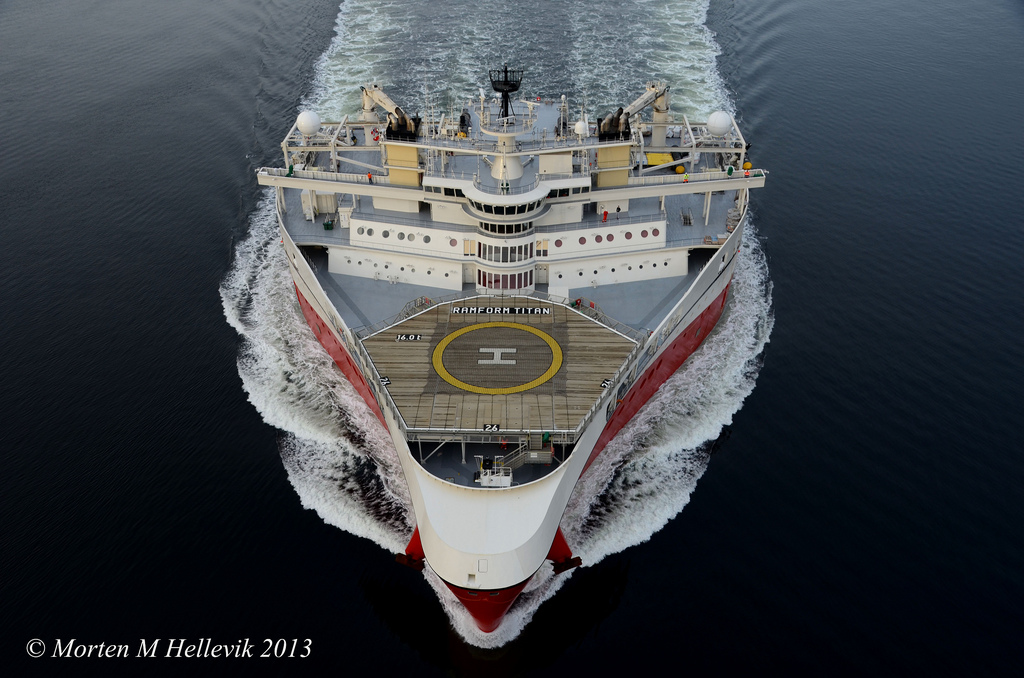
I can assume that the prototype of this engineering and design approach was the vessel Maryata III, built by the shipbuilding company Tangen verft especially for reconnaissance purposes, with such a calculation that the low noise of the mechanisms and travel is ensured. Silence and invisibility are necessary, so as not to interfere with the recording of measurements and other sonar and electronic systems. The vessel has high stability, which facilitates the operation of sensors on this stable platform. To achieve high stability of the vessel, it was made in the form of Ramform.

Large width affected the metacentric height of the vessel , which was about 16 meters. The vessel is so “tenacious” that it can continue to function even with significant damage to part of the internal set. Naturally, the “northern package” is also present: prolonged exposure to low temperatures or large amounts of water / ice on the deck is not a significant problem.
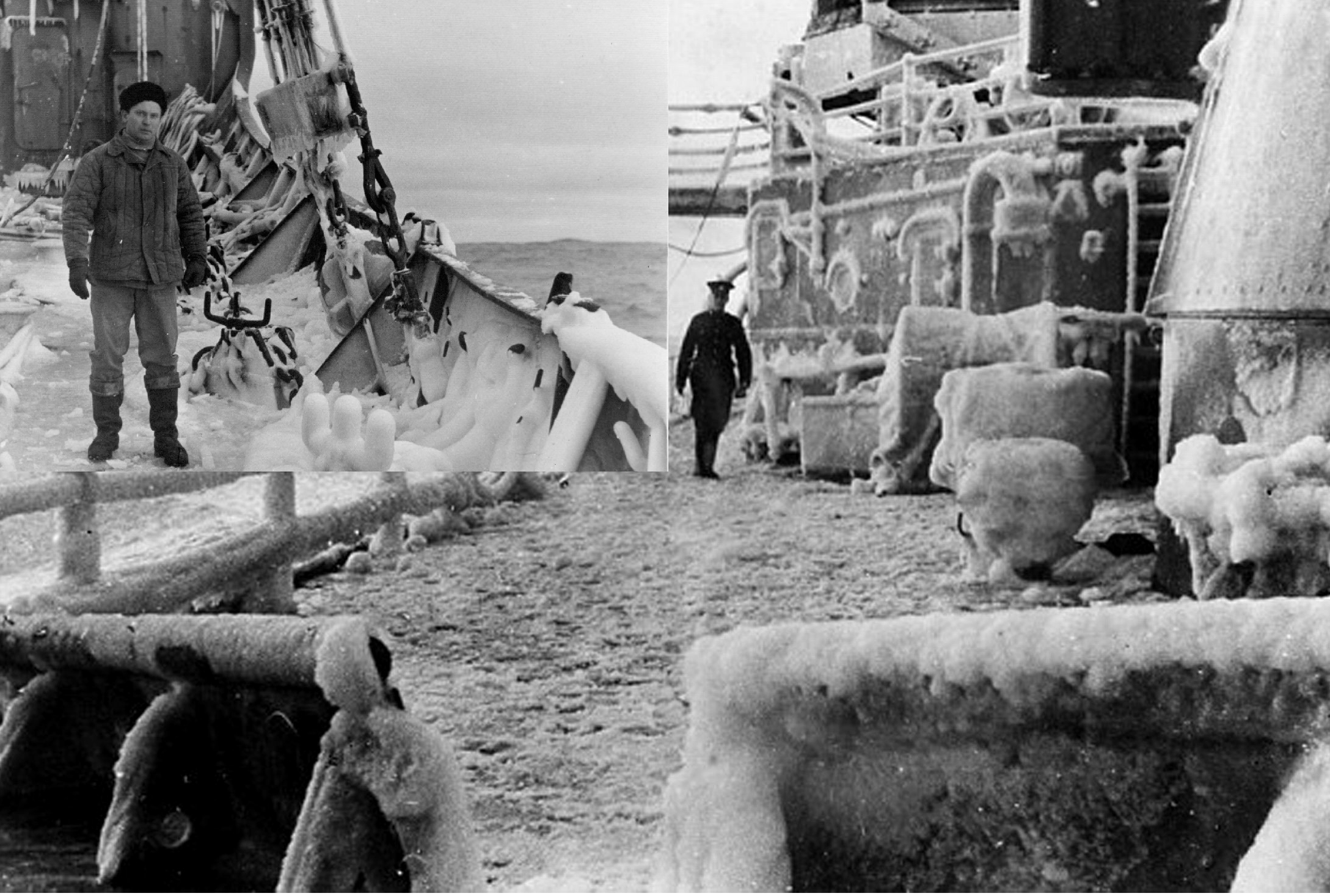
The ship is equipped so that it can operate in the northern polar regions without interruption for a very long period of time.
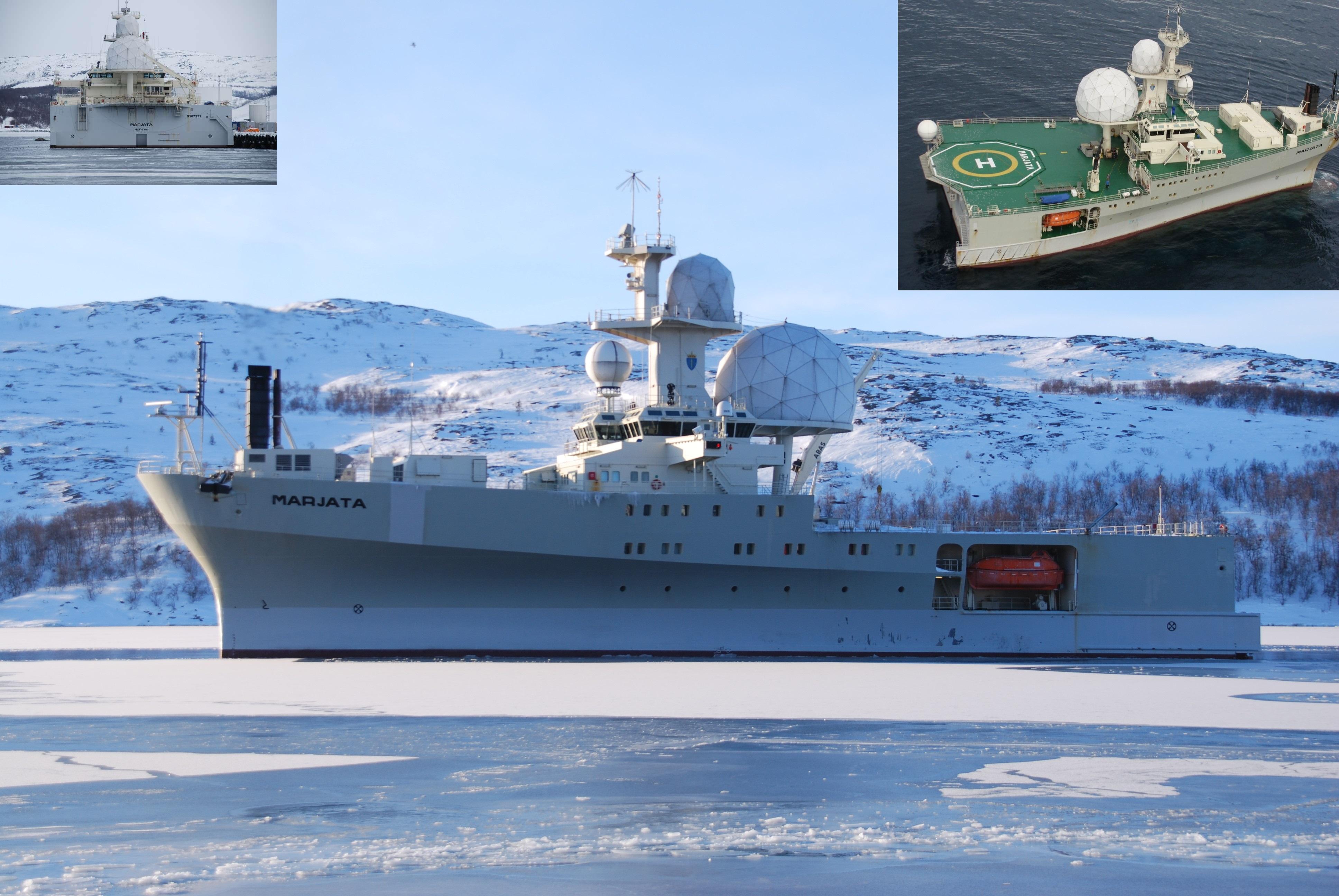
FS Marjata is a vessel for long-range sonar observation and reconnaissance, built for the Norwegian Navy back in the 90s. specifically to participate in the project ELINT .
The main area of activity of the reconnaissance ship of the Naval Forces of Norway "Maryat III" is located between 34 - 36 degrees east longitude - an area located in close proximity to the border of the territorial waters of Russia. More precisely - only about 30-40 kilometers (less than 20 miles) from the coast of the Kola Peninsula.

The insides of “Maryaty” are literally stuffed with expensive electronic filling and intelligence innovations.
In the Northern Fleet of the Russian Navy, almost all Russian sailors are familiar with it and even gave it diminutive nicknames like “Mashka”, “Marusya” and even “iron”, because of their similarity to this household item.[3]
Returning to Ramform, it can be noted that the appearance of these vessels cannot be confused with anything, it is strikingly different from other geophysical vessels.
As the company PGS notes: “SSS Ramform” type ships are the most powerful and efficient ships for marine seismic surveys ever. They are also the widest.
In these vessels, all the most advanced marine technologies and opportunities in the field of marine seismic survey GeoStreamer are joined together.

The stern of the vessel, 70 m wide, is equipped with 24 drums with seismic streamers. They can pull a seismocos network, covering an area of more than 12 km 2 (equivalent to 1,500 football fields or three and a half Central Parks in New York).

The increased working space and unique equipment makes operations involving the ship safer and more functional.
For both PGS and its customers, faster deployment and removal of equipment, as well as increased duration of stay at sea, means faster completion of seismic exploration and an increased rate of continuous operation in adverse weather conditions. What affects the cost of seismic exploration and its safety.
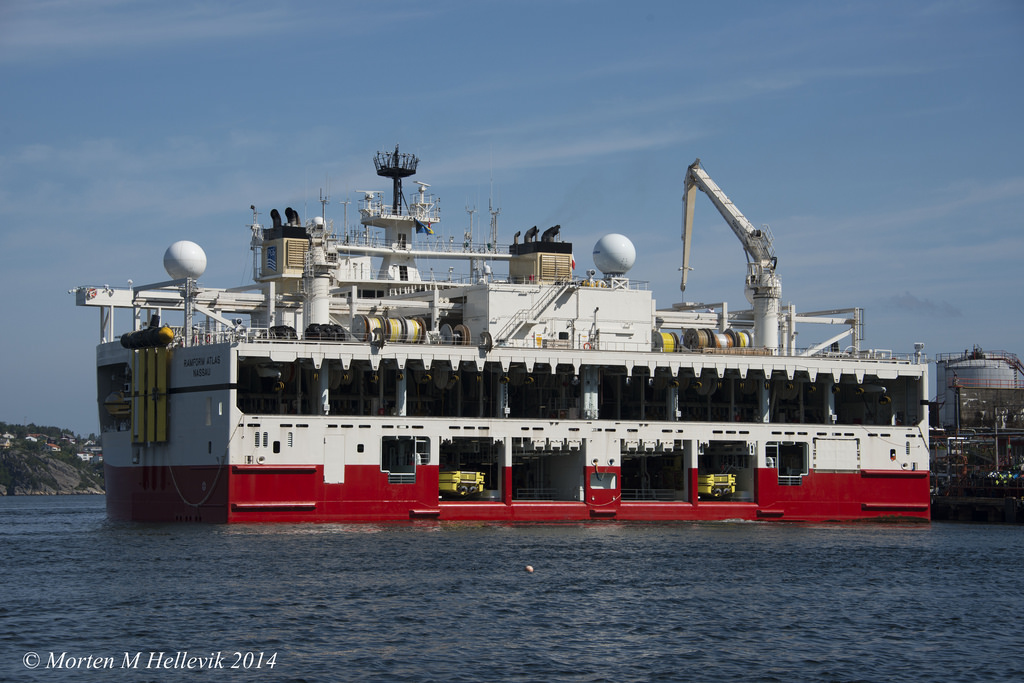
The autonomy of ships is 120 days without refueling, they are all-weather. The interval between calls at the service port can be increased by another 50%.
In November 2015, the vessel Ramform Titan set a record when shooting in the Bay of Bengal
18 seismic mowers were involved, each 7.05 km long, with a distance of 100 m between them. Together, they formed a 1.7 km wide strip, and the total area of the network was 15.6 km 2 .

For the first time, a seismic survey of such volume was carried out from one ship.
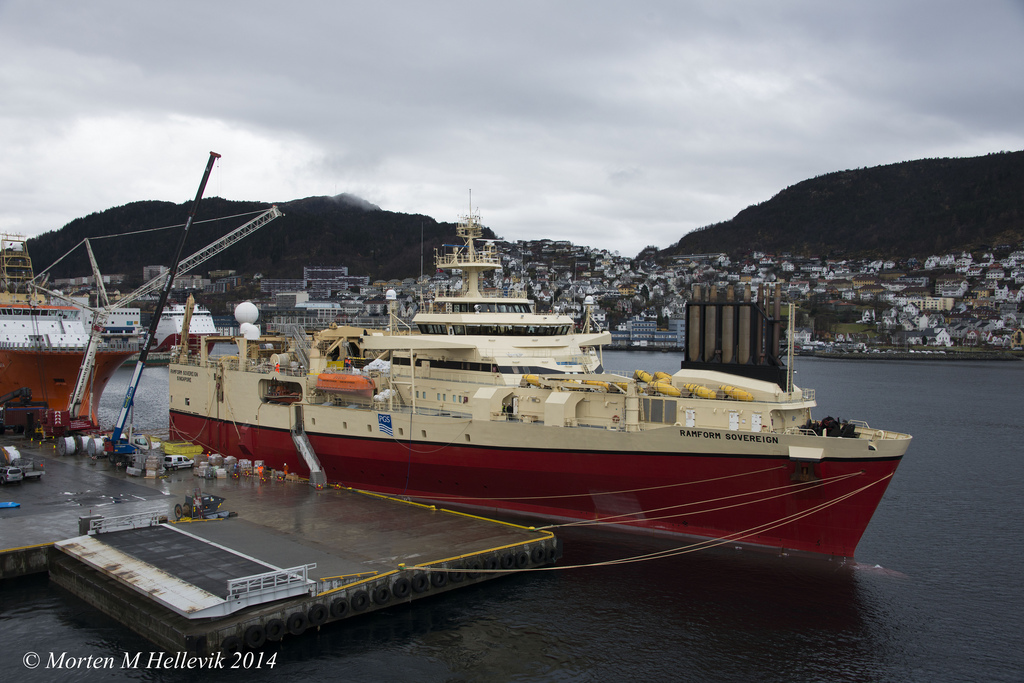
The vessel takes on board more than 6 thousand tons of fuel and equipment. When conducting exploration, it tows a network of several hundred thousand seismic sensors.
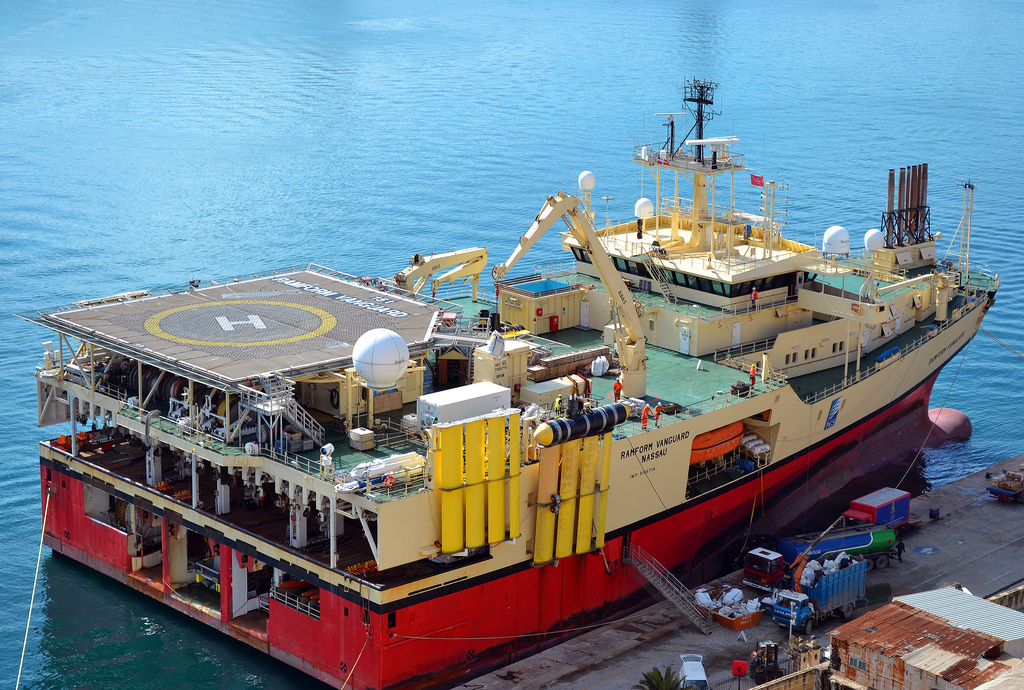
SSS Ramform type ships provide safe and comfortable accommodation as well as a working environment for 80 crew members. On board there are 60 single cabins, as well as 10 double cabins for visitors with separate bathrooms.

The “Ramform” type is distinguished by an unusual Δ-prominent hull shape in plan with a wide stern.

The ships themselves go under the Flag of the Bahamas, as well as their many “brethren”, who suffer to save on taxation and port dues.

More information about the technical characteristics of the ships Ramform class Titan can be found through the infographic posted on the website of the company PGS .
The fourth ship of the Titan class, the Ramform Hyperion, is to be launched in 2017.
Video from the PGS website gives an idea of the concept, application and prospects of such vessels:
The fleet to beat
Ramform Titan - Instrument Room
Ramform Titan In Operation
Live ship video: Camilla Aadland = Ramform Titan visited Bergen [6]
Returning to the Japanese shipbuilding industry (and MHI in particular, where Ramform-class ships are built and built) I will quote:
Japanese ships can be distinguished by the ideal state of the decks and sides. Beauty is achieved in two ways:[2]
- traditional Japanese accuracy and attention to detail;
- extremely young age, which many ships do not exceed 10 years.
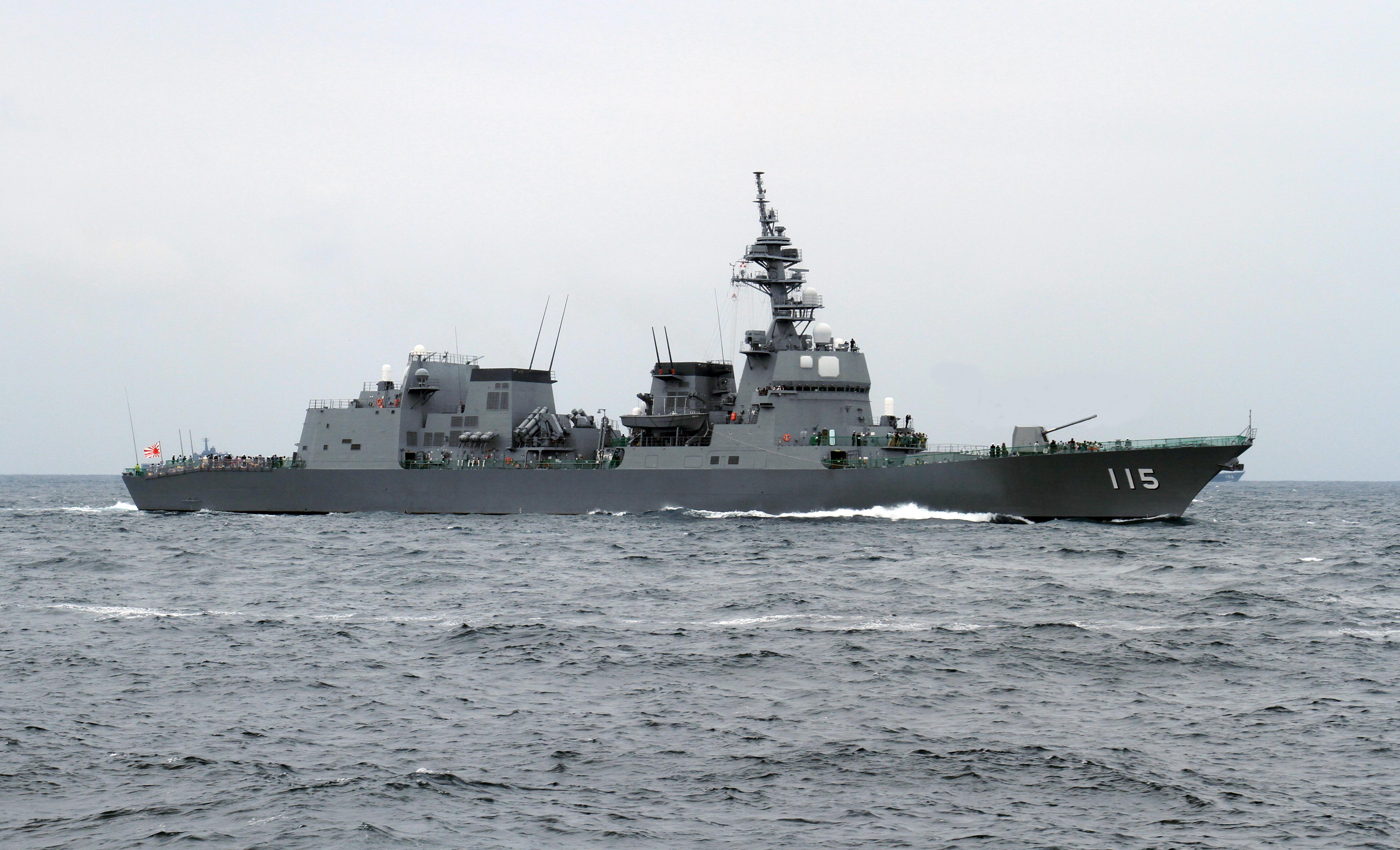
pictured squadron type "Akizuki" or "Akitsuki" ("Autumn Moon")
Not only perfect cleanliness on the deck, but also recognizable, interesting design, combined with Japanese frugality, functionality and poetry.
And this is inherent not only in warships, but also in fully civilian ships: August 9, 2014 - The Diamond Princess visited Vladivostok. [four]
Note:
- Diamond Princess (Diamond Princess) - a large cruise ship owned and used by Princess Cruises. Manufacturer of Mitsubishi Heavy Industries.
- FS Marjata 3: The Norwegian authorities were criticized by the Russian side during and after raising the sunken Russian submarine K-141 Kursk . In the opinion of the Russian side, the ship’s actions were too aggressive and with their maneuvers could disrupt rescue operations. The ship was also located in the area of the accident at the time when it occurred. [five]
Original sources, quotes:
[1] www.wikipedia.org
[2] edo_tokyo: “In just one decade, the composition of the Japan Self-Defense Navy (JMSDF) was replenished with 10 new destroyers.”
[3] "Encyclopedia of ships"
[4] August 9, 2014 - Diamond Princess in Vladivostok-Roman Dmitrienko
[5] Iskaldt mellom Norge og Russland
Video channel: Viktor L
[6] Bli med om bord i verdens bredeste skip
www.shipmodels.info
www.vsegei.ru
www.marinetraffic.com
www.embjapan.ru
www.globalsecurity.org
www.flickr.com
www.smartage.pl/ramform-titan
[2] edo_tokyo: “In just one decade, the composition of the Japan Self-Defense Navy (JMSDF) was replenished with 10 new destroyers.”
[3] "Encyclopedia of ships"
[4] August 9, 2014 - Diamond Princess in Vladivostok-Roman Dmitrienko
[5] Iskaldt mellom Norge og Russland
Video channel: Viktor L
[6] Bli med om bord i verdens bredeste skip
www.shipmodels.info
www.vsegei.ru
www.marinetraffic.com
www.embjapan.ru
www.globalsecurity.org
www.flickr.com
www.smartage.pl/ramform-titan
Source: https://habr.com/ru/post/402309/
All Articles